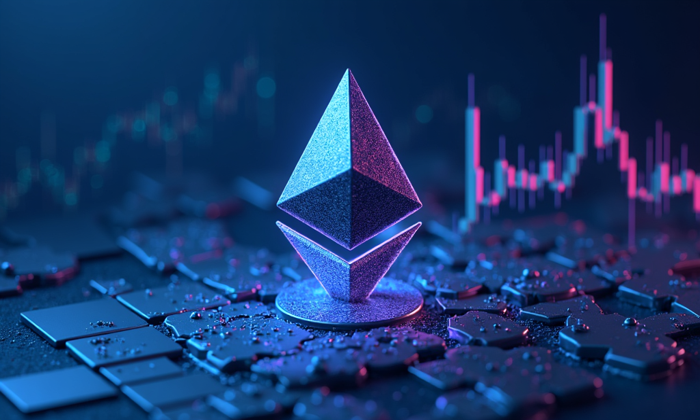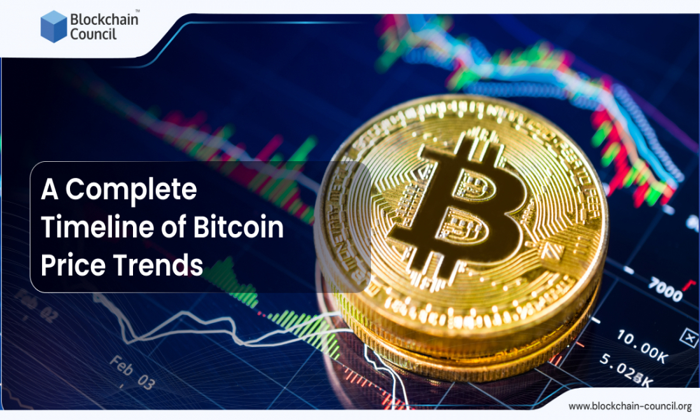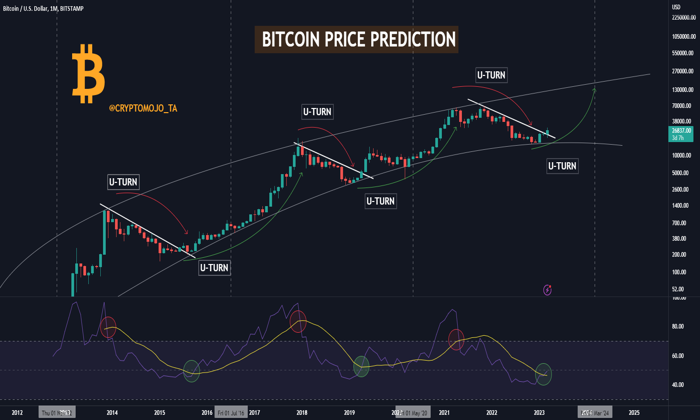Ethereum transaction costs have recently reached a remarkable low, now averaging just $0.168 per transaction, making it the most affordable rate in five years. This significant decline in Ethereum fees can be attributed to a notable drop in Ethereum trading activity, as users tread cautiously amid broader economic uncertainties. According to data from Santiment, this decrease in transaction costs often precedes price recoveries, suggesting potential future movements in the Ethereum market. As traders remain on the sidelines, monitoring developments in the Ethereum network upgrade, they are keenly aware of how these fee reductions might impact overall price volatility. In light of these changes, comprehensive Ethereum market analysis highlights the delicate balance between user engagement and costs, setting the stage for the next phase of Ethereum development.
The cost of conducting transactions on the Ethereum blockchain has dramatically lessened, coinciding with a period of reduced user participation. This downturn in operation expenses, often referred to as Ethereum network fees, has sparked discussions among traders and analysts alike about the implications for future trading trends. As the landscape evolves, many are watching for potential indicators of the Ethereum market’s recovery, particularly following the upcoming Ethereum network upgrades. Amidst fluctuating Ethereum price volatility, observers are intrigued by how these shifts in transaction costs could influence user behavior and investment strategies. Collectively, the interplay between transaction affordability and trading activity could reshape the perceptions of Ethereum’s viability in the current economic climate.
Understanding Ethereum Transaction Costs
Ethereum transaction costs have recently hit a five-year low, reaching an average fee of approximately $0.168 per transaction. This reduction in fees provides a significant advantage for users and traders looking to capitalize on low-cost transfers. The decline in fees is primarily driven by decreased network activity, as fewer users are sending Ether or engaging with smart contracts. This trend has implications not only for everyday users but also for those involved in Ethereum trading activity at larger scales.
The low Ethereum fees can also reflect broader market trends and potential opportunities within the cryptocurrency space. As transaction costs reach these historic lows, traders may find the perfect opportunity to engage in market analysis and potentially enter positions or execute trades without incurring hefty fees. However, low fees do not always guarantee bullish market conditions; they may coincide with price stability or declines, urging traders to remain cautious.
Frequently Asked Questions
What are the current Ethereum transaction costs, and how do they relate to Ethereum fees?
As of now, the average Ethereum transaction costs approximately $0.168, which is the lowest it has been in five years. This significant reduction in Ethereum fees points to a decrease in network activity as users engage less frequently due to economic uncertainties.
How do Ethereum network upgrades affect transaction costs?
Ethereum network upgrades, such as the upcoming Pectra upgrade set for May 7, aim to enhance the efficiency of the blockchain, potentially leading to reduced transaction costs. The Pectra upgrade will increase layer-2 capacity and allow users to pay fees with stablecoins, making transactions more cost-effective.
Why have Ethereum fees decreased recently amidst market volatility?
The recent drop in Ethereum fees can be attributed to a decline in trading activity as market participants await resolution to global economic concerns. This decrease in user activity often coincides with periods of low fees, suggesting traders may be waiting for more stable market conditions before resuming regular Ethereum trading activity.
What is the impact of Ethereum price volatility on transaction costs?
Ethereum price volatility can influence transaction costs significantly. When prices fluctuate widely, trading activity may diminish, leading to lower transaction fees. Currently, as Ethereum’s price remains stable below $1,600, the reduced trading activity contributes to lower costs for users.
How does Ethereum market analysis predict future transaction costs?
Analysts observing the Ethereum market are noting that low transaction costs, combined with the lack of user engagement, could signal a future rebound in activity. As the market stabilizes and upgrades like Pectra come into play, transaction costs may experience further adjustments based on increased usage and improved network dynamics.
What should users know about Ethereum trading activity and its effect on fees?
Users should be aware that lower Ethereum trading activity typically results in reduced fees. This trend is currently seen as economic factors keep traders sidelined. Understanding the correlation between Ethereum fees and trading activity can help users make better decisions when engaging with the Ethereum blockchain.
| Key Point | Details |
|---|---|
| Ethereum Transaction Costs | Ethereum transaction costs have fallen to approximately $0.168, the lowest in five years. |
| Reduced Network Activity | The drop in costs coincides with reduced user activity amidst economic concerns. |
| Market Uncertainties | Many traders are hesitant to engage with the market due to ongoing global economic uncertainties. |
| Pectra Upgrade | Scheduled for May 7, this upgrade aims to reduce fees and improve network capacity. |
| Long-Term Holder Selling | Long-term holders are starting to sell positions, contributing to mixed market signals. |
| Price Trends | Ethereum’s price has dropped over 11% in the last two weeks, trading around $1,593. |
Summary
Ethereum transaction costs have markedly decreased recently, currently averaging just 17 cents, the lowest in five years. This reduction in transaction fees presents a unique opportunity for users amid fluctuating market activity and ongoing economic uncertainties. As the market awaits the anticipated Pectra upgrade, which promises to further decrease fees and enhance network performance, traders and investors are closely monitoring these developments.
Ethereum transaction costs have recently reached their lowest point in five years, leveling out at just $0.168 per transaction. This dramatic decline in Ethereum fees reflects a consequential shift in user engagement on the Ethereum network, which has seen significantly reduced trading activity amidst growing economic anxieties. According to data from Santiment, lower transaction costs could often signal an upcoming price rebound; however, traders seem hesitant to engage in Ethereum trading activities until market instability is addressed. As Ethereum faces price volatility and speculations surrounding its upcoming network upgrade, market analysis reveals mixed sentiments among investors. Understanding these dynamics is essential for anyone interested in navigating the current landscape of Ethereum and its associated transaction costs.
Recent trends indicate a noteworthy decrease in the fees associated with transactions on the Ethereum blockchain, commonly referred to as Ethereum expenses. This reduction may have arisen due to the current lull in trading engagement, influenced by external economic factors. Analysts suggest that with the anticipated Ethereum network enhancement, we might see shifts in trading patterns and user behavior in the coming months. Enhanced transaction efficiency could attract more users back to the Ethereum ecosystem, thereby impacting future Ethereum trading dynamics. Keeping an eye on these developments offers valuable insights for those involved in cryptocurrency investments.













